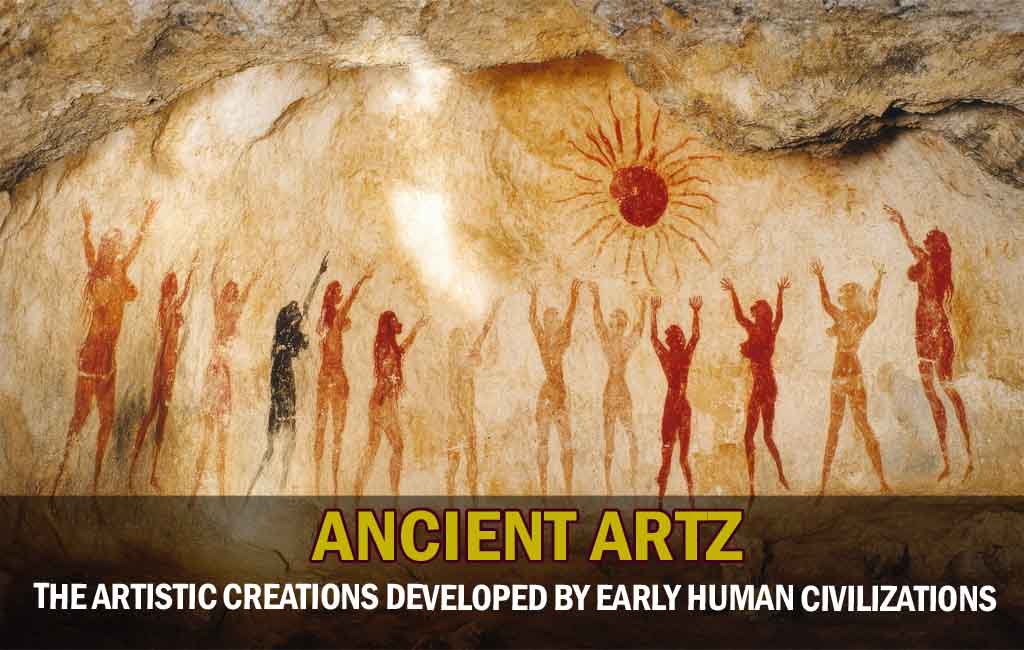In a fast-paced digital world, the awe-inspiring beauty of ancient artz continues to spark fascination and influence creativity globally. From grand temples to tiny beads of handcrafted jewelry, these timeless expressions of culture, belief, and imagination provide a window into civilizations long gone. This article explores the rich legacy of ancient artz, its history, global impact, and why it’s still so relevant today—all while optimizing for SEO with a focus on the trending keyword: ancient artz.
1. Introduction: What Is Ancient Artz?
“Ancient artz” refers to the artistic creations developed by early human civilizations—works that not only decorate but also narrate stories, preserve beliefs, and reveal the evolution of society. These art forms, whether found in Egyptian pyramids or Indian temples, carry deep cultural weight and historical significance.
Unlike modern art that often emphasizes individuality, ancient artz was more collective, symbolic, and functional. It was art with a purpose—spiritual, political, and cultural.
2. Origins and Meaning of Ancient Artz
The term “ancient artz” encompasses thousands of years of human creativity, stretching back to prehistoric cave paintings and progressing through organized societies like Mesopotamia, Greece, Rome, and ancient China.
Each civilization left behind artistic fingerprints. For example:
- Mesopotamians etched cuneiform on clay tablets,
- Egyptians created divine sculptures and tomb paintings,
- Indians carved out temples with breathtaking precision.
The “z” in artz gives the term a modern, niche appeal, often used in contemporary discussions that blend old art with new-age reinterpretation.
3. Major Forms and Styles of Ancient Artz
Sculpture and Carvings
Massive stone statues like the Moai on Easter Island or intricate Hindu deities carved into temple walls speak volumes about religious beliefs and craftsmanship.
Pottery and Ceramics
Used both for utility and decoration, ancient pottery from Greece, China, and the Indus Valley still influences ceramic designs today.
Wall Paintings and Frescoes
From the caves of Lascaux to the walls of Pompeii, these paintings captured scenes of daily life, mythology, and rituals.
Jewelry and Textiles
Gold, beads, silk, and dyed fabrics served as status symbols and trade commodities—many of which are preserved in museums today.
4. Symbolism and Cultural Significance
Ancient artz wasn’t just decorative; it was deeply symbolic. Every brushstroke, every carved figure had meaning—often linked to:
- Religion and spirituality
- Mythological tales
- Cosmic beliefs and astrology
- Royal power and governance
For example, Egyptian hieroglyphs doubled as both language and visual art, and Mayan glyphs connected art to calendars and prophecies.
5. Techniques and Materials Used
The genius behind ancient artz lies in its innovation. Without modern tools, artisans:
- Used natural pigments like ochre, indigo, and lapis lazuli,
- Crafted using bronze, ivory, and terracotta,
- Developed lost-wax casting techniques and stone chiseling methods.
These techniques have stood the test of time, influencing not just traditional art but also architecture and design disciplines.
6. Global Influence of Ancient Artz
The beauty of ancient artz transcends borders. Its influence is visible in:
- Renaissance art (heavily inspired by Greek and Roman art),
- Modern minimalism (rooted in Zen aesthetics from ancient Japan),
- Contemporary installations that reference tribal or indigenous symbols.
Designers, filmmakers, and digital artists continue to reimagine ancient themes—blending history with futuristic expression.
7. Preservation and Modern Interpretation
Preserving ancient artz is a global mission. From archaeological digs to digital 3D reconstructions, efforts are underway to protect and share this heritage.
Organizations like UNESCO, The British Museum, and The Met are actively working to document, digitize, and display ancient pieces to a global audience.
Even more exciting, tech innovations now allow for virtual tours, AI art analysis, and interactive learning platforms, bringing ancient artz closer to the digital generation.
8. Ancient Artz in Popular Culture

From Marvel movies featuring Egyptian gods to fashion runways echoing Greco-Roman patterns, ancient artz is trending in pop culture.
Video games like Assassin’s Creed: Origins and Tomb Raider also draw deeply from ancient worlds, introducing millions to historical architecture and mythology.
Social media platforms like Instagram and Pinterest have sparked renewed interest in artifacts, symbol tattoos, and ancient motifs.
9. Where to Experience Ancient Artz Today
Want to witness ancient artz firsthand? Here are some must-visit places:
- Louvre Museum, Paris – for Mesopotamian and Egyptian wonders
- The British Museum, London – home to the Rosetta Stone
- The National Museum, New Delhi – showcasing India’s ancient heritage
- The Metropolitan Museum of Art, NYC – a global collection
- Petra, Machu Picchu, Angkor Wat – ancient sites carved into stone
Many of these offer online tours for remote art lovers.
10. Conclusion: Why Ancient Artz Still Matters
Ancient artz is more than just history; it’s humanity’s visual memory. It teaches, inspires, and connects us to our ancestors’ dreams, beliefs, and stories.
By understanding and preserving these masterpieces, the world ensures that the artistic brilliance of ancient times continues to ignite creativity for generations to come.
FAQs:
1. What is ancient artz?
Ancient artz refers to the visual art created by early civilizations, including sculptures, paintings, pottery, and textiles that carry cultural and historical value.
2. Why is ancient artz important today?
It helps us understand human history, spiritual beliefs, and cultural evolution while also influencing modern design, fashion, and art.
3. Where can I see ancient artz online?
Major museums like The Louvre, The Met, and The British Museum offer virtual exhibits of ancient artifacts.
4. What materials were used in ancient artz?
Common materials include stone, bronze, clay, natural dyes, ivory, and gold—crafted with innovative methods still admired today.
5. Is ancient artz still influencing modern artists?
Absolutely! From tattoo artists to architects, many creators draw inspiration from ancient symbols, motifs, and craftsmanship techniques.
Read More:



